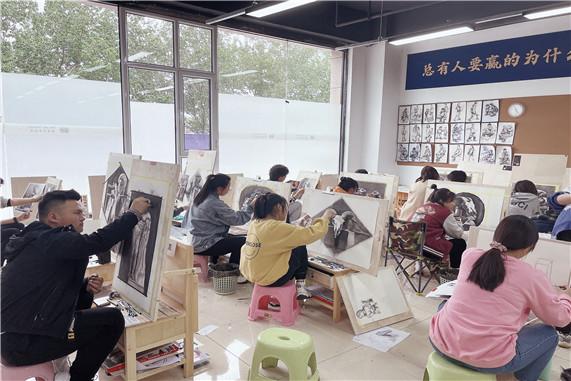The classification of the education and training industry can generally be classified according to just needs and non-just needs, as well as K12 transactions and workplace education.

Just need to be classified:
0-3 years old nursery class
English for children aged 3-6
Students aged 6-18 take care of K12 subjects (Chinese, mathematics, English, composition, and Mathematics)
Non-just need to be classified:
Early education for 0-3 years old (sensory integration of the left and right brains, Orff music, early education in water education, baby swimming pool, pediatric massage)
STEM education (science experiments, Lego programming, robotics)
Camp education (summer and winter camps, overseas study tours, life exploration)
Vocal talents (drum set, piano, small host, small anchor, small reporter, ethnic instrumental music, drama training)
Children's physical fitness (basketball, football, rugby, physical fitness, baseball, golf, equestrian, swimming, fencing, cycling)
Interests and specialties (art training, children's dance, calligraphy and Chinese painting, Chinese etiquette, creative hand-made, thinking teaching, picture book reading, go) 6-18 years old children's English, physical fitness in the high school entrance examination, foreign subjects
Study abroad (high-end planning, background promotion, portfolio guidance)
18-22 years old to study abroad (college application, language training, high-end planning, background promotion, portfolio guidance)
Vocational education for 22-40 years old (English, small languages, corporate culture training, skills training, marketing, IT training, tester training, driver training, accountant qualification, teacher qualification, civil service examination training, architect qualification certificate, institution recruitment training), etc.
It can also be classified by K12 education and workplace education:
1. K12 Subject categories (Peiyou make up the difference)
Language: pinyin, reading pictures and speaking, literacy, reading and writing, etc.
Mathematics: Abacus mental arithmetic, thinking training, Olympiad, etc.
English: Natural phonics, New Concepts, Longman, Cambridge, etc.
2. K12 quality class
Fine arts: creativity, basic, professional, drawing, color, animation, sketching, hard pen calligraphy, soft pen calligraphy, Chinese painting
Dance: Chinese dance, Latin dance, ballet, hip-hop, jazz dance
Chess: Go, chess
Puzzle: science experiment, Lego building blocks, 3D printing, programming
Sports: Martial arts, Taekwondo
Instrumental music: piano, guitar, Guzheng
Others: broadcast host, children's emotional intelligence, etc.
Workplace education Classification
Recruitment section: including public examinations, institutions, teachers, etc. recruitment training;
Education promotion: such as postgraduate entrance examination, Cet4/6 training, MBA, etc.;
Skill upgrading: including IT, finance, medical care, engineering, etc.;
What kind of double reduction is the norm?
Double reduction is mainly a standardized K12 compulsory education counseling project for primary and middle schools and junior high schools,
That is, 6-18-year-old education in the just-needed category, and English education for 0-6-year-olds is also a regulated category.
How can training institutions avoid it?
You can do K12 quality training, such as art, dance, chess, sports, and puzzle. These kinds of education are still encouraged, and there is no monopoly situation of giants such as Good Future and New Oriental.


Leave a Reply